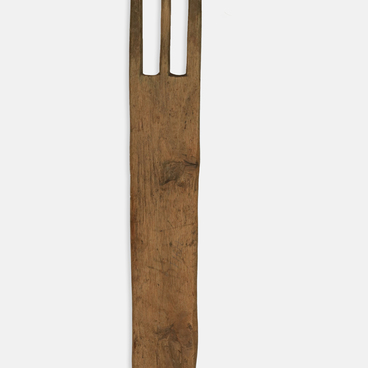In the past, each people had its own calendar and timekeeping system. The names of the months were determined by national traditions, occupations, observations of natural phenomena, way of life, and worldview.
The Nenets expressed their time concepts in the “yale’padar” wooden calendar. It is an elongated flat board with a length of 40–80 cm and a width of 3 cm.
In the past few centuries, the Nenets have measured time according to the Russian calendar which they began to adopt in the 17th century when the Russians were actively conquering Siberia. The wooden calendar was notched: weekdays were marked by vertical notches and Sundays by “x” signs or small round indentations. When a day was over, it was marked by cutting the wood on the side toward the next day.
The traditional Nenets calendar was different from the modern one. It was characterized by a complicated perception of a year and its structure. The Nenets divided each calendar year into two years: the winter and summer ones. The first year began with the first snowfall and lasted until the snow melted completely. The second year began from the time nature awakened in spring and lasted until its decay in autumn. As a result, one year in the Gregorian calendar corresponded to two years in the Nenets calendar.
The Nenets also divided each year into six months. Their length depended on the moon phases, and the lunar months did not coincide with the generally accepted calendar months. The names of the months were closely associated with nature and economy. For example, January was called the month of the eagle, February — the month of the sun’s turn, March — the month of silent snow, April — the month of the raven, May — the month of calving, June — the month of nesting birds, July — the month of mosquitoes, August — the month of gadflies, September — the month of falling leaves, October — the month of male deer, and November and December — the months of small and great darkness.
Reindeer herding is the main area of the Nenets
economy which still determines their way of life, daily routine, main elements
of material culture, and many traditional beliefs. In fact, the Nenets calendar
is based on the description of the annual reindeer herding cycle.



